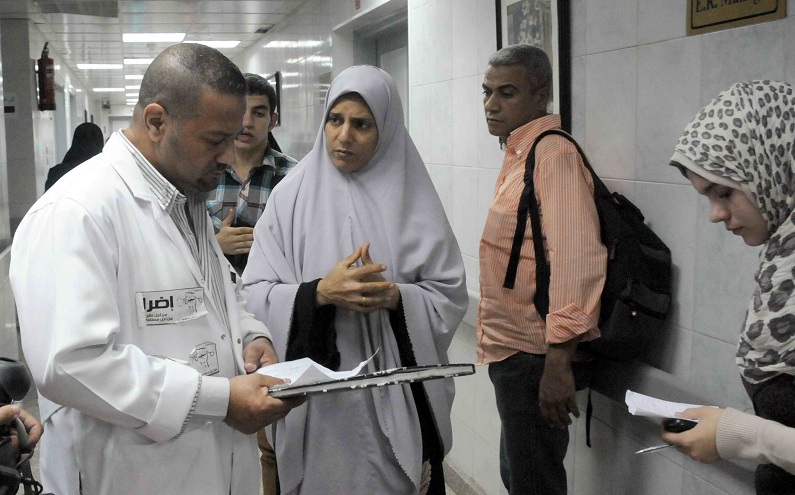Egypt said Sunday it would seek the temporary return of some of its most precious artifacts from museums abroad, including the Rosetta Stone and a bust of Nefertiti.
The country s chief archaeologist, Zahi Hawass, said the Foreign Ministry would send letters this week to France, Germany, the United States and Great Britain requesting that the ancient artifacts be loaned to Egypt.
Hawass has previously demanded the permanent return of many of the artifacts, claiming some of them were taken illegally.
This time, the country is requesting museums loan the artifacts so they can be exhibited either at the 2011 opening of the Egyptian Museum, near the site of the Great Pyramids at Giza, or the Atum museum, which is set to open in the Nile Delta city of Meniya in 2010, the Supreme Council of Antiquities said in a statement.
Egypt said it would request the loans from the British Museum, Paris Louvre, Boston s Museum of Fine Arts and two German museums.
The Rosetta Stone, a 1,680 pound slab of black basalt with a triple inscription, was the key to deciphering ancient Egyptian hieroglyphics. It is one of the centerpieces of the British Museum.
“We have never received a written request to loan the Rosetta Stone, British Museum spokeswoman Hannah Boulton said Sunday. “If one was put in, we would consider it.
The museum has been willing to loan artifacts to countries that recognize its legal ownership of the items. But in 2003, the museum said in a statement “to loan such pieces would result in our disappointing the 5 million or so visitors who come to the museum every year.
Germany has been balking at requests to loan the 3,000-year-old bust of Nefertiti from Berlin s Egyptian Museum. Earlier this month, Bernd Neumann, Germany s minister for culture, said the Nefertiti would not be made available for loan, due to its very fragile state.
The other artifacts Hawass would like to see put on display in Egypt are the Zodiac ceiling painting from the Dendera Temple, now housed in the Louvre; the statute of Hemiunu – the nephew and vizier of Pharaoh Khufu, builder of the Great pyramid – in Germany s Roemer-Pelizaeu museum; and the bust of Anchhaf, builder of the Chephren Pyramid, now at the Museum of Fine Arts in Boston.





